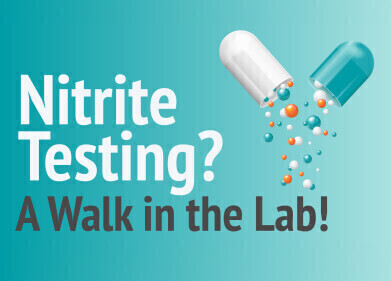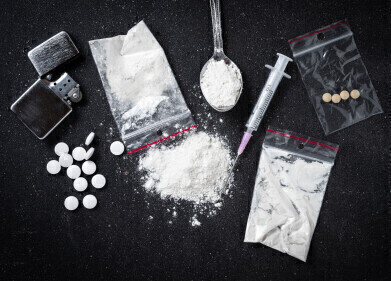Sample Prep
A Guide to Biogenic Amine Detection Using Chromatography
Feb 27 2020
Making sure our food is safe to eat is a challenge for food producers, regulators and scientists *- in fact for everyone in the food industry. There are many different factors that can determine whether the food we buy from the shops is safe to eat. Food can be contaminated by bacteria at the source or at any point in the production and delivery chai. Or it can be mishandled leading to damage and spoilage. Food can also be affected by a plethora of environmental factors including temperature, pH or exposure to the atmosphere.
A recent paper published in the Journal of Analytical Methods in Chemistry has looked at how one particular compound that can spoil food is analysed and tested for in the food industry - and chromatography plays a major role. The review article - The Importance of Derivatizing Reagent in Chromatography Applications for Biogenic Amine Detection in Food and Beverages - looked at how gas and liquid chromatography are used to analyse foodstuffs for biogenic amines. First though - what is a biogenic amine?
Biogenic amines - not in my food please
A biogenic amine is a nitrogenous biogenic substance that contains at least one amine group. A biogenic substance is simply a substance made by or of life forms. These could be secretions or metabolites of plants or animals. There are two main ways that biogenic amines are made. Either decarboxylation of an amino acid or by amination of an aldehyde or ketone. When they are associated with food they are formed by enzymes of raw materials or by microbial decarboxylation of amino acids. Therefore, when a food contains a protein or proteins - biogenic amines are likely to be found.
There are many foods that contain proteins - thankfully in most cases as they help us grow and thrive. But in most foods - particularly non-fermented foods - the presence of biogenic amines is associated with microbial spoilage. But they do play an important role as a source of nitrogen and as a precursor for the synthesis of many necessary compounds including hormones, nucleic acids and food aroma components. But too many biogenic compounds can be toxic and cooking doesn’t always destroy them. Hence the need for testing.
Chromatography analyses the biogenics
Analysis of biogenic amines is not straightforward due to their complex structure, stability of compounds, high polarity and low concentrations below 1 ppm. One of the first steps is clean-up of the sample using a technique such as solid phase microextraction (SPME) or another extraction technique.
Both GC and HPLC use derivatizing agents to convert biogenic amines into products that can be more easily separated by chromatography columns. High performance liquid chromatography is the most commonly used analytical technique fort biogenic amines. Increasing the ability of HPLC to analyse complex samples is discussed in the article, Increasing Peak Capacity for the Gradient Analysis of Protein Digests and other Complex Samples.
Digital Edition
Chromatography Today - Buyers' Guide 2022
October 2023
In This Edition Modern & Practical Applications - Accelerating ADC Development with Mass Spectrometry - Implementing High-Resolution Ion Mobility into Peptide Mapping Workflows Chromatogr...
View all digital editions
Events
Apr 23 2024 Kintex, South Korea
Apr 23 2024 Seoul, South Korea
Apr 28 2024 Montreal, Quebec, Canada
May 05 2024 Seville, Spain
May 15 2024 Birmingham, UK













